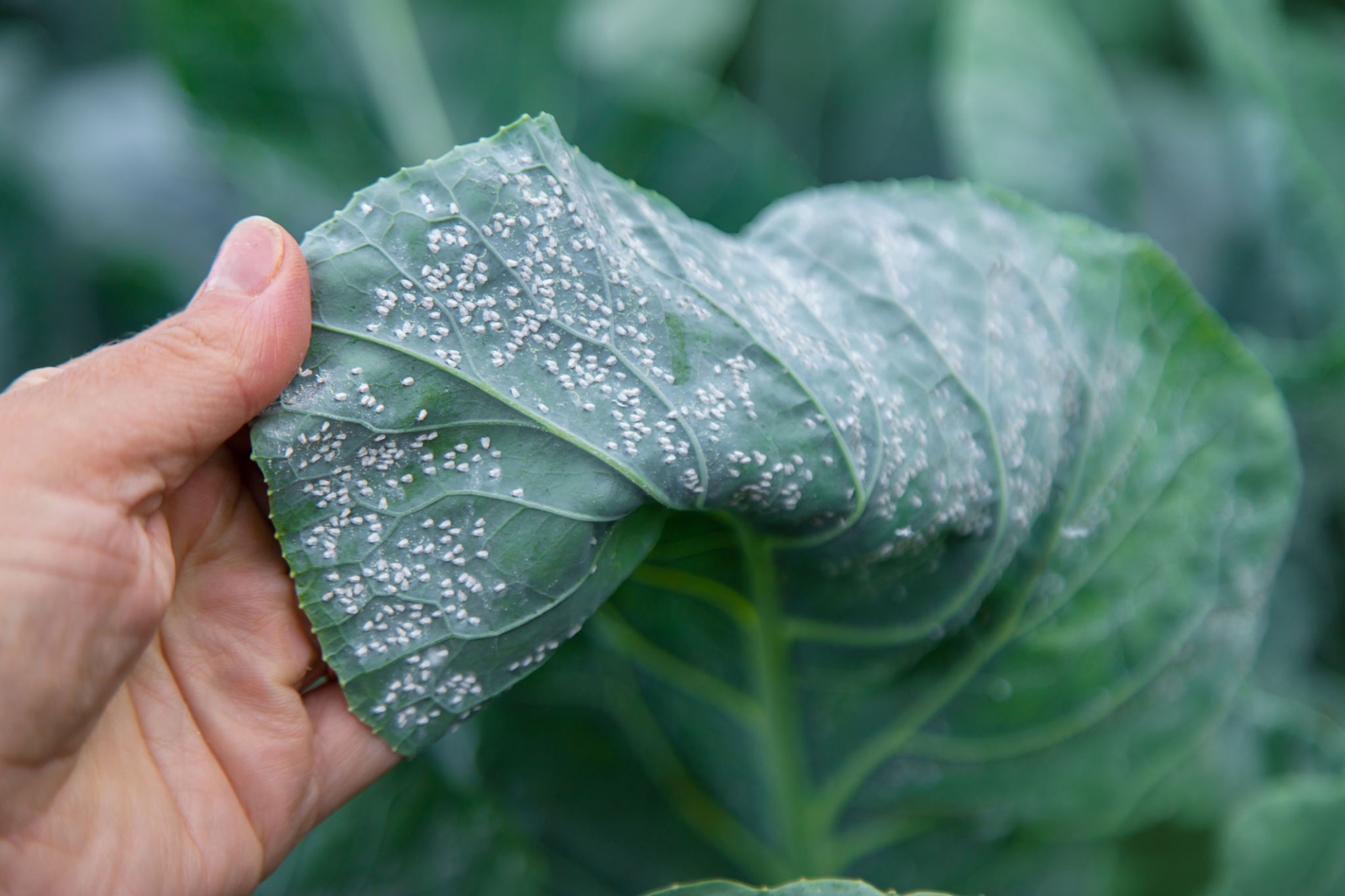Effective Weed Control Strategies for Minnesota Homeowners
Understanding Weeds in Minnesota
Homeowners in Minnesota often face the challenge of managing a variety of weeds that can disrupt the beauty and health of their lawns and gardens. Weeds compete with desirable plants for nutrients, water, and sunlight, making effective control strategies essential. Understanding the types of weeds and their growth patterns is the first step in developing an effective management plan.
In Minnesota, common weeds include dandelions, crabgrass, and creeping Charlie. Each type of weed requires a different approach for control. It is crucial to identify the specific weeds in your garden to determine the best strategy for eradication.

Prevention: The Best Defense
Preventing weeds from taking root is often more effective than dealing with them after they have established. One of the most effective preventive measures is maintaining a healthy lawn. A dense and well-maintained lawn can crowd out weeds, reducing their ability to establish.
Here are some preventive measures you can take:
- Mow Regularly: Keep your grass at the recommended height for its species to prevent weed seeds from getting sunlight.
- Water Wisely: Water deeply but infrequently to promote strong root systems.
- Fertilize Appropriately: Use fertilizers to promote healthy grass growth without encouraging weeds.

Cultural and Mechanical Control Methods
Cultural and mechanical control methods are environmentally friendly ways to manage weeds without relying on chemicals. These methods focus on cultivating conditions that favor desirable plants over weeds.
Cultural practices include crop rotation, mulching, and proper soil management. Mulching, in particular, can suppress weed growth by blocking sunlight and retaining soil moisture. Mechanical methods, such as hand-pulling or hoeing, are effective for small infestations and can be a great way to remove weeds before they seed.

Chemical Control: Use with Caution
Chemical control should be considered a last resort and used carefully to minimize environmental impact. When selecting herbicides, choose products that target specific weeds and consider spot treating rather than blanket applications.
It's important to read labels carefully and follow application instructions to ensure safe and effective use. Remember that over-reliance on chemicals can lead to resistant weed populations, so integrating chemical methods with other strategies is recommended.
Integrated Weed Management (IWM)
Integrated Weed Management (IWM) combines multiple control strategies to achieve long-term weed suppression. This approach acknowledges that no single method will provide a complete solution and emphasizes the importance of using a variety of strategies in harmony.
An effective IWM plan may include:
- Identifying specific weed species present in your yard.
- Employing cultural practices to promote healthy plant growth.
- Utilizing mechanical removal methods when feasible.
- Applying chemical treatments judiciously as needed.

Monitoring and Maintenance
Consistent monitoring and maintenance are key components of any successful weed control strategy. Regularly inspect your lawn and garden for signs of new weed growth and adjust your management plan accordingly. A proactive approach can prevent minor weed issues from becoming major problems.
By staying vigilant and adaptable, you can maintain a thriving garden that showcases your hard work while minimizing the impact of pesky weeds.
